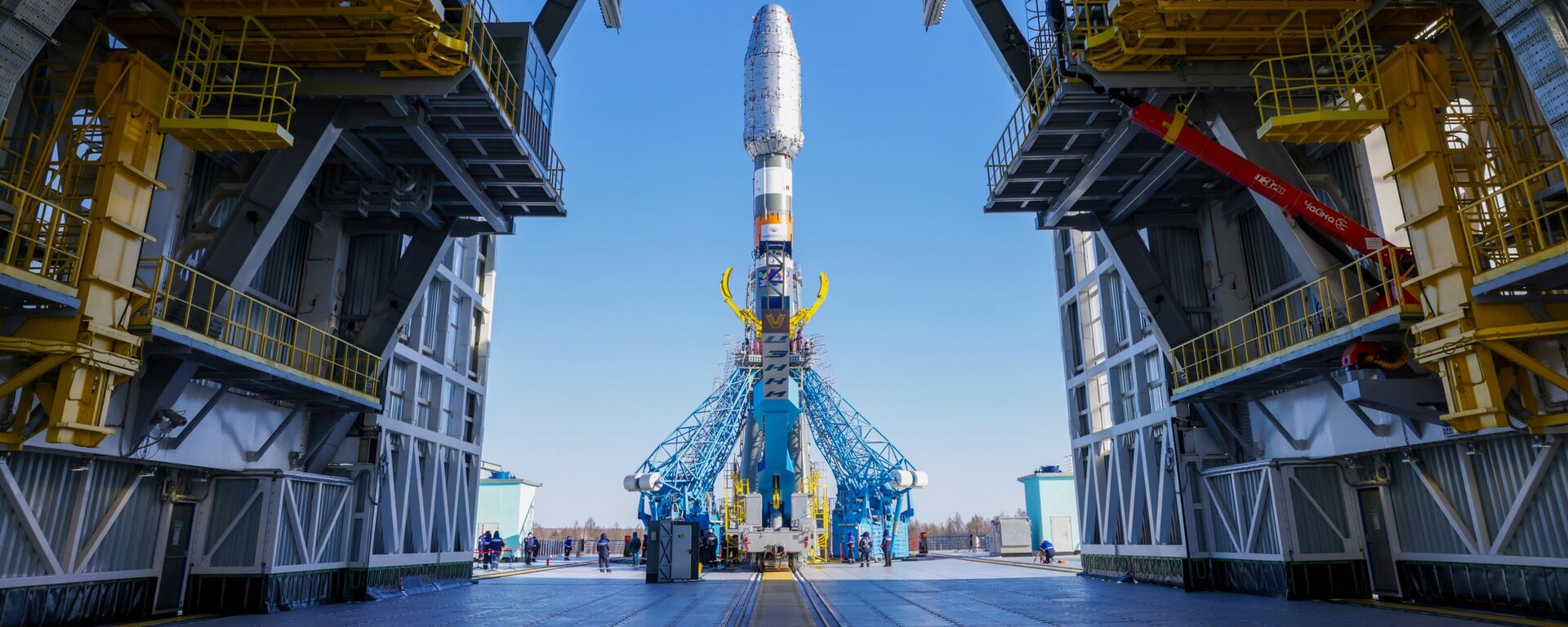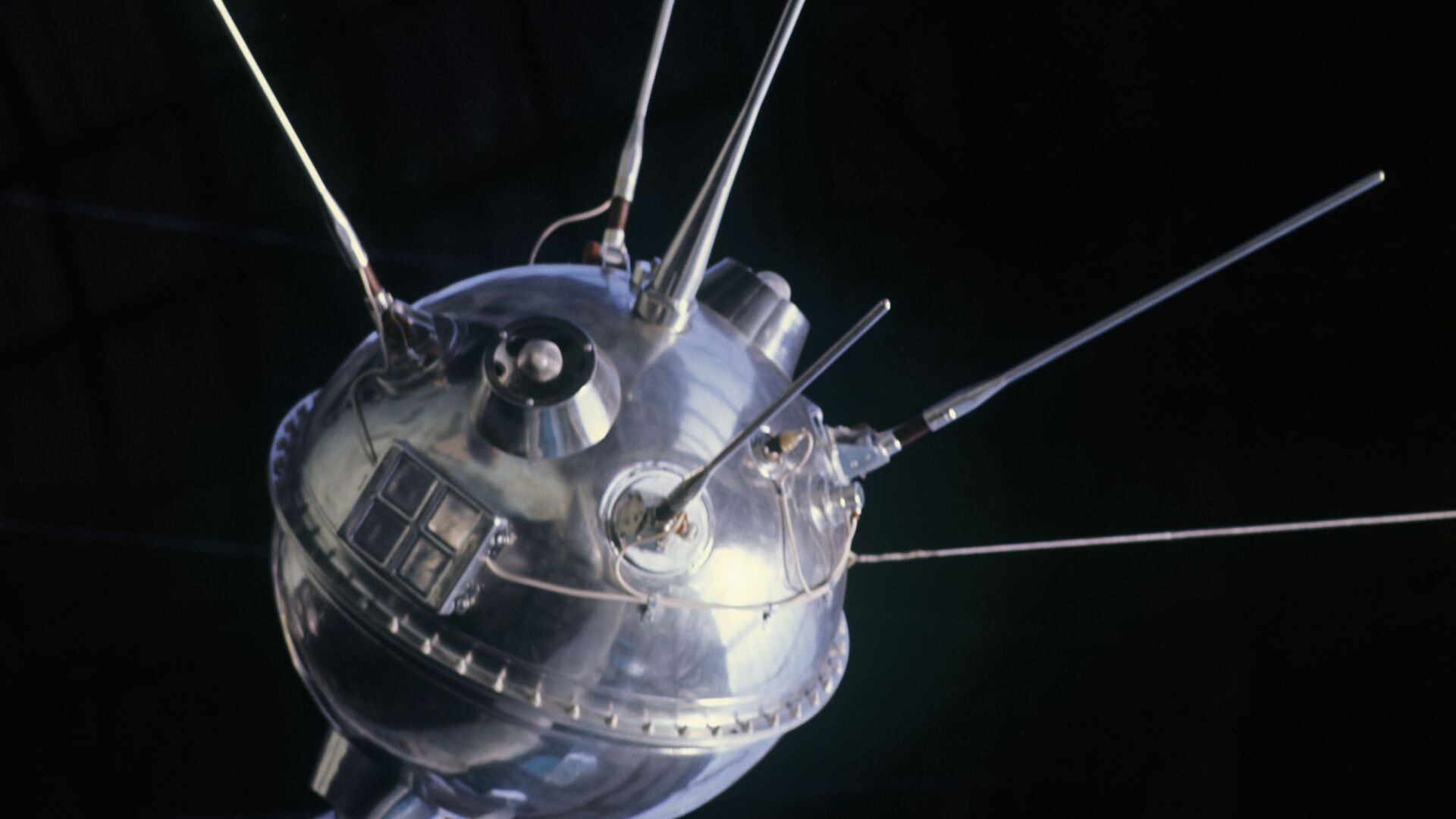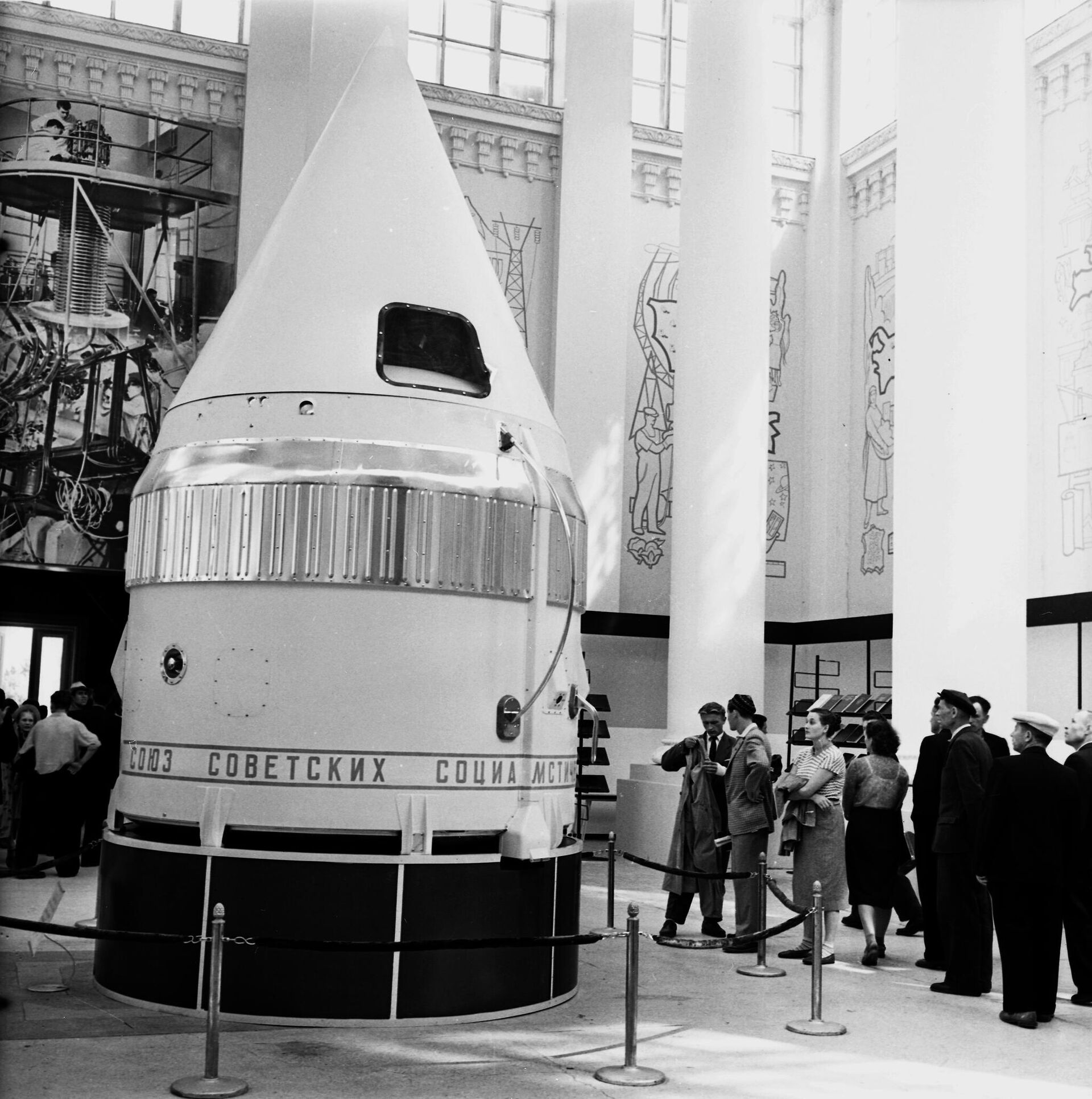https://sputnikglobe.com/20250102/trailblazer-in-space-soviet-luna-1-pioneering-sun-orbit-1121332686.html
Trailblazer in Space: Soviet Luna 1 Pioneering Sun Orbit
Trailblazer in Space: Soviet Luna 1 Pioneering Sun Orbit
Sputnik International
On January 2, 1959, Soviet Union launched its Luna-1 spacecraft that became the first human-made object to break free of Earth’s gravity and orbit around the Sun.
2025-01-02T08:41+0000
2025-01-02T08:41+0000
2025-01-02T08:41+0000
beyond politics
soviet union
russia
space
space exploration
baikonur cosmodrome
moon
moon mission
solar winds
magnetic field
https://cdn1.img.sputnikglobe.com/img/107630/55/1076305502_0:721:2049:1873_1920x0_80_0_0_75d29b072b13b277cb4df347d1fdc5e2.jpg
The Luna 1 spacecraft marked the first of a series of Soviet automatic interplanetary stations successfully launched in the direction of the Moon.The sphere-shaped spacecraft was equipped with mercury-oxide batteries, silver-zinc accumulators, four antennas, radio equipment, a tracking transmitter, and telemetry systems.What Was Its Mission?Luna 1 was designed to impact on the Moon and carried a suite of scientific instruments: To break free of Earth’s gravity, the rocket was fitted with a third stage, Block E, which also released a glowing sodium cloud visible from Earth to study gas behavior in outer space. However, a delay in the Block E engine burn caused Luna 1 to miss its intended target, the Moon. Instead, it flew past the Moon and entered a heliocentric orbit around the Sun, becoming a pioneer in interplanetary exploration. Luna 1’s LegacyThe spacecraft delivered key data on Earth’s Van Allen radiation belts, held by the planet’s magnetic field.It also proved the Moon lacks a detectable magnetic field, and measured solar wind properties. Most importantly, Luna 1 paved the way for the Luna 2 mission, which became the first spacecraft to impact on the Moon’s surface on September 14, 1959.
https://sputnikglobe.com/20241110/russia-has-plans-to-develop-moon-deep-space---kurchatov-institute-head-1120837353.html
soviet union
russia
Sputnik International
feedback@sputniknews.com
+74956456601
MIA „Rossiya Segodnya“
2025
News
en_EN
Sputnik International
feedback@sputniknews.com
+74956456601
MIA „Rossiya Segodnya“
Luna 1 spacecraft
Sputnik International
Luna 1 spacecraft.
2025-01-02T08:41+0000
true
PT0M30S
Sputnik International
feedback@sputniknews.com
+74956456601
MIA „Rossiya Segodnya“
what was the luna-1, what happened to soviet mission luna-1, was luna-1 successful, why did luna-1 miss the moon, what did luna-1 achieve
what was the luna-1, what happened to soviet mission luna-1, was luna-1 successful, why did luna-1 miss the moon, what did luna-1 achieve
Trailblazer in Space: Soviet Luna 1 Pioneering Sun Orbit
On January 2, 1959, the Soviet spacecraft Luna 1 made history as the first man-made object to escape Earth’s gravity and orbit the Sun.
The Luna 1 spacecraft marked the first of a series of Soviet automatic interplanetary stations successfully launched in the direction of
the Moon.
The sphere-shaped spacecraft was equipped with mercury-oxide batteries, silver-zinc accumulators, four antennas, radio equipment, a tracking transmitter, and telemetry systems.
Luna 1 was designed to impact on the Moon and carried a suite of scientific instruments:
Magnetometer: Measured magnetic fields
Micrometeorite detectors: Gathered data on small particles
Ion traps: Measured solar wind and plasma
Geiger and scintillation counters: Monitored cosmic radiation levels
The Vostok-L 8K72 rocket launched Luna 1 from the USSR’s Baikonur Cosmodrome.
To break free of Earth’s gravity, the rocket was fitted with a third stage, Block E, which also released a glowing sodium cloud visible from Earth to study gas behavior in outer space.
However, a delay in the Block E engine burn caused Luna 1 to miss its intended target, the Moon. Instead, it flew past the Moon and entered a heliocentric orbit around the Sun, becoming a pioneer in interplanetary exploration.
The spacecraft delivered key data on Earth’s Van Allen radiation belts, held by the planet’s magnetic field.
It also proved the Moon lacks a detectable magnetic field, and measured solar wind properties.
Most importantly, Luna 1 paved the way for the Luna 2 mission, which became the first spacecraft to impact on the Moon’s surface on September 14, 1959.

10 November 2024, 06:06 GMT




